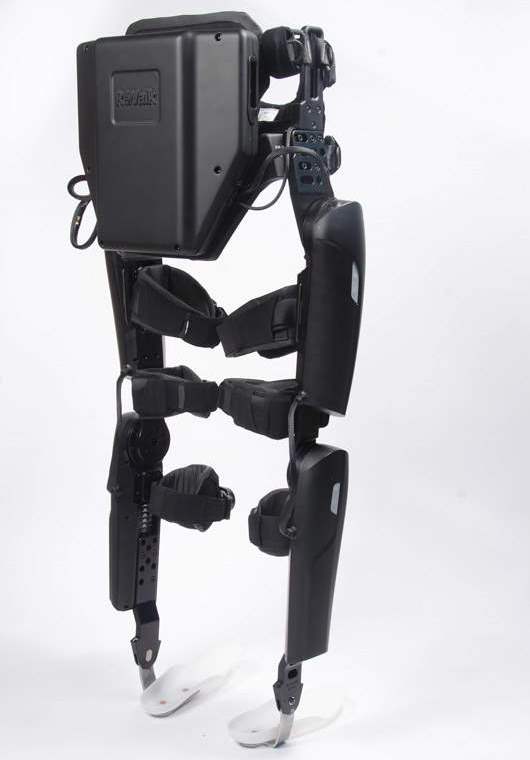
ReWalk said the application is first step for the robotic rehabilitation technology to support in treating patients across the country with lower limb disability due to stroke.
Introduced in 2017, the ReStore soft exo-suit has been designed to act as a cost-effective gait therapy solution. It has been designed to as soft as a garment, allowing for variability in movement in combination with active ankle assistance that adaptively synchronizes with the patient’s natural gait, to facilitate functional gait training activities.
The device also offers real-time analytics, which can help therapists to adjust and optimize the device to suit the patient’s treatment.
The ReStore is claimed to promote an improved gait with coordinated plantarflexion and dorsiflexion assistance to a patient’s impaired foot and ankle. Power is transmitted from waist belt-mounted motors through cables to attachment points on the calf and an insole, which is placed in the patient’s shoe.
Sensors in the patient’s shoes detect motion and inform timing of the assistance. A trained therapist, with a handheld smartphone controller, will adjust the assistance levels and monitor key metrics such as session progress and gait symmetry and record standard gait training assessments.
ReWalk CEO Larry Jasinski said: “This submission marks a significant milestone for robotic rehabilitation technologies and represents a clear, distinct evolution in powered rehabilitation solutions. The ReStore is a versatile device which will provide high-level, reproducible care for a broad range of a clinic’s gait training clients, at a price point accessible to many more clinics than current technologies.
“The company is proud to continue its work in revolutionizing devices for mobility challenged individuals, and to be at the forefront of next-gen development in medical exoskeletons.”
After CE submission in last year’s last quarter, the company expects to commercialize the ReStore device for stroke patients and rehab clinics in Europe, this year.
In the US, a potential launch is expected to occur either in second or third quarter of this year, pending clearance from the FDA.






